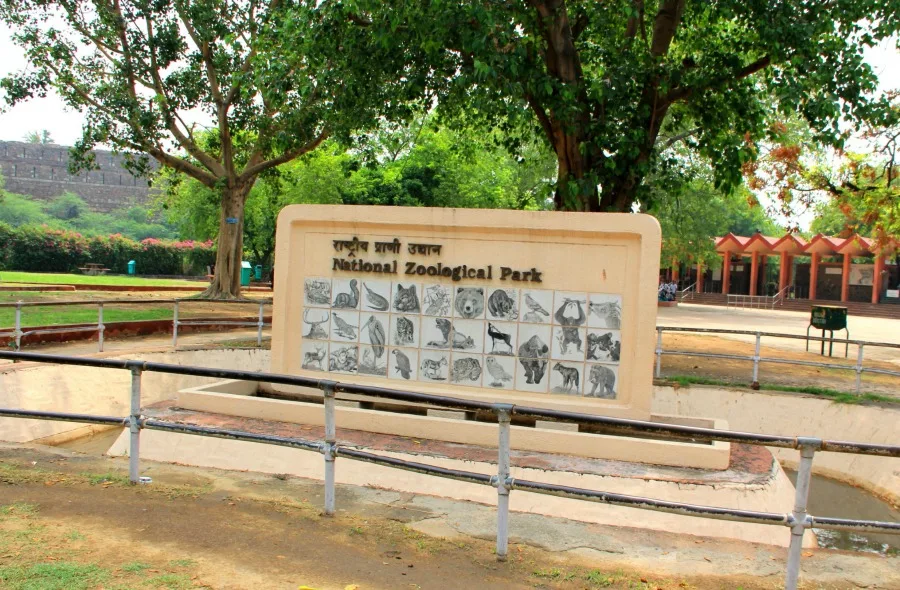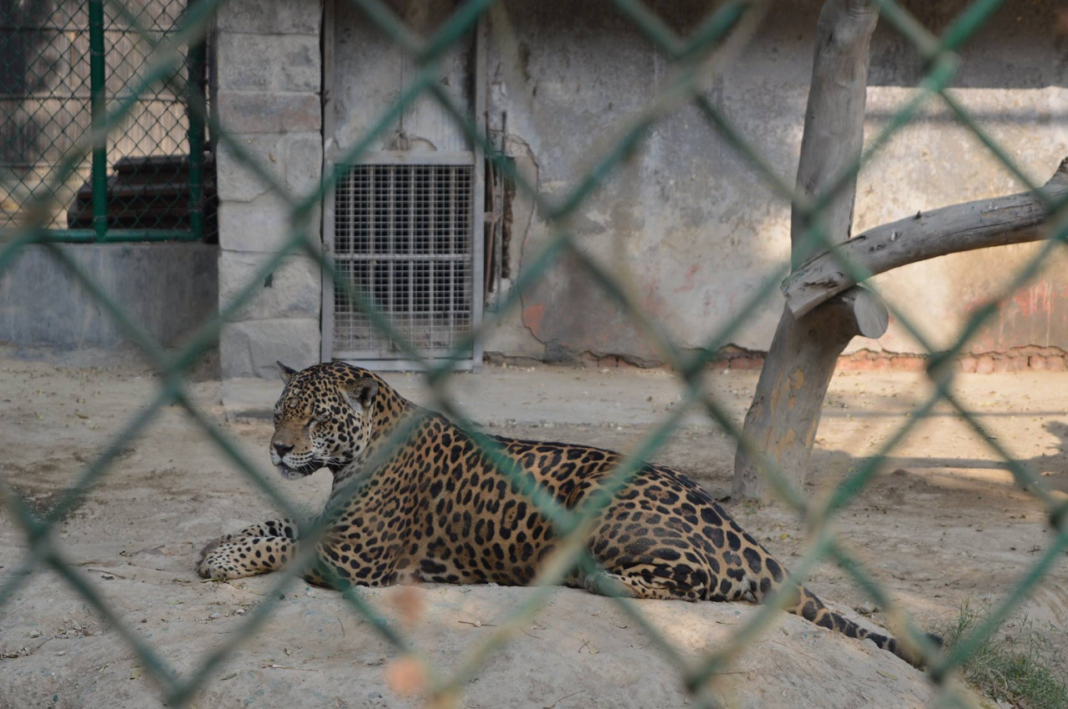The National Zoological Park (formerly known as the Delhi Zoo) is a 176-acre (71-hectare) zoo located in New Delhi, India. A 16th-century fortress, a lush green island, and an eclectic variety of wildlife species are all in the heart of expanding metropolitan Delhi. The national zoo is a habitat for approximately 1350 creatures from nearly 130 different wildlife species which are brought from throughout the globe.

The National Zoological Park’s purpose is to provide a more enriching habitat for the wildlife, as well as higher grade wildlife exhibitions, environmental awareness, and ecological management practices. They are working to raise public knowledge and sympathy for animals, as well as collect backing for the nationwide conservation activities. They also strive to be efficient in biodiversity conservation and the reduction of man-animal confrontations in the urban ecosystem.
History of the Zoo
The Delhi Zoo was established years following the establishment of New Delhi. Even though the proposal for a zoo in the country’s capital was proposed in 1951, the facility was not opened until November 1959. The Indian Board for Wildlife formed a committee in 1952 to investigate the possibility of establishing a zoo in Delhi.
The Indian government wanted to build the zoo and then handed it to Capital as a running venture. The committee accepted the zoo’s location in 1953, and in October 1955 it appointed N. D. Bachkheti of the Indian Forest Service to supervise the zoo’s construction. Carl Hagenbeck of the Zoological Garden of Hamburg was employed to assist in drawing the plans for the zoo. In March 1956, Hagenbeck submitted a preliminary proposal for the new zoo, which included the idea to utilize moated cages. The design was amended to accommodate local climate as required, and it was adopted by the Indian government in December 1956.
The Northern section of the zoo was completed by the end of 1959, and species that were coming for some time but had been confined in interim enclosures were relocated to their new habitats. The Delhi Zoo first opened its doors on November 1, 1959. It was formally designated National Zoological Park in 1982, with the expectation that it would serve as a template for other zoos around the country.
What is the Significance of This Zoo?
As a zoo and as a conservation facility the national zoological park has been quite significant as it has contributed to many successful breedings in the past. Animals such as the Tiger, Brow-antlered deer, Lion Tailed Macaque, Nilgiri Langur, Four Horned Antilope, Indian Rhino, Wild Ass, Indian Lion, Himalayan Black bear, Crocodile, Pheasants, Emu, Rosy Pelican, Painted Stork, Sarus Crane, and others have bred. Chimpanzees, Hamdrayas Baboons, African Rhinos, Japanese Brown Bears, Eland, Cape buffalo, Water Bucks, and other exotic wildlife are also raised at the park.
White tigers were successfully bred at NZP, and we have sent white tigers to 11 other zoos around the country since 1987. A great number of migrating birds frequent the manmade waters and are often reared there.
Birds and animals at the National Zoological Park thrive in a setting that is similar to their natural surroundings in several respects. The National Zoological Park not only houses endangered wildlife but also assists them in reproducing in captivity. They might ultimately be able to flourish in the wild afresh someday.
Also Read: The Richest City in India

